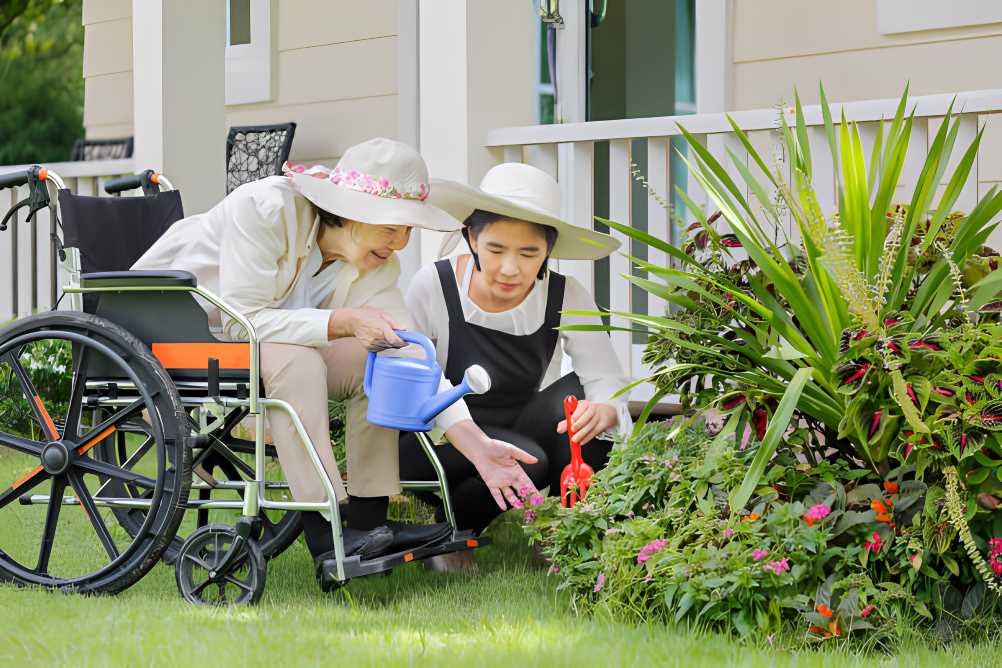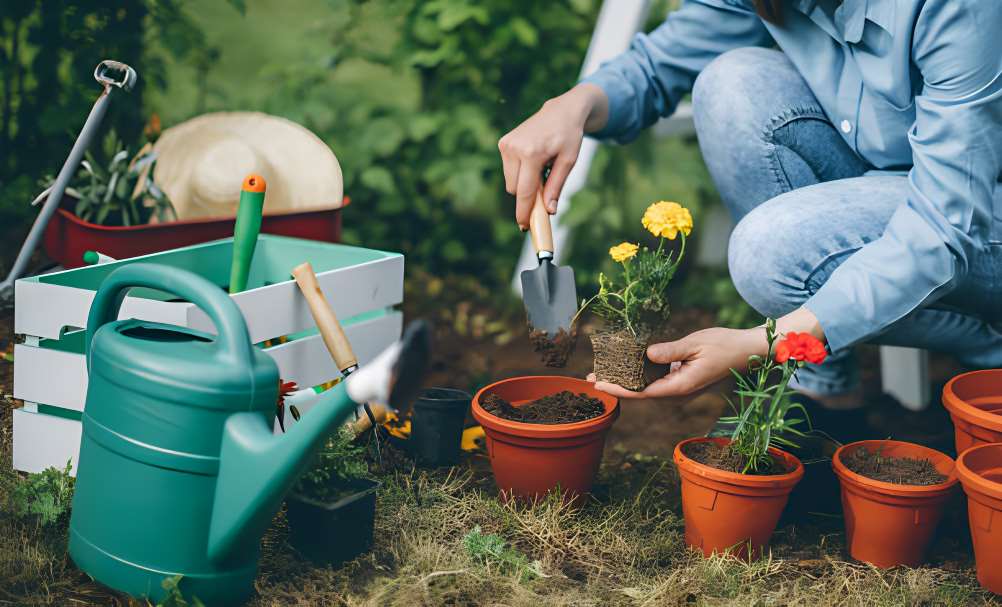In today’s world, where environmental awareness is increasingly important, people are looking for ways to make their homes more sustainable. One significant avenue for achieving eco transformations is through the use of gardening services.
This article explores how green home improvements can be made by incorporating gardening practices.
The Significance of Gardening
Gardening goes beyond being just a passing trend: it represents a crucial commitment to creating a greener and healthier planet.
As urbanization continues to encroach on landscapes, sustainable gardening emerges as a tool for individuals to positively contribute to the environment. If you’re interested in sustainable gardening services, feel free to visit this website.
Embracing an Eco-Conscious Lifestyle
Sustainable gardening is not merely a fad; it involves embracing an eco-lifestyle. As urban areas expand, green spaces are often sacrificed for development purposes. However, by utilizing gardening services, homeowners can play a part in restoring greenery within their communities.
This shift not only enhances the appeal of the surroundings but also promotes biodiversity and provides essential habitats for various species.

Techniques for Landscaping
Landscaping techniques form the foundation of eco-friendly gardening practices by emphasizing responsible approaches to water usage, plant selection, and overall environmental impact.
By implementing these techniques homeowners can not only create pleasing landscapes but also play a role in conserving natural resources and biodiversity.
1. Water Smart Gardening
One vital aspect of gardening is water preservation. Conventional gardening practices often involve water usage, which puts a strain on the environment and leads to utility bills.
Sustainable landscaping methods prioritize water gardening utilizing approaches like drip irrigation and rainwater collection. These methods do not reduce water consumption.
2. Choosing Native Plants
Opting for native plants is a fundamental principle of sustainable gardening. Native plants are well suited to the climate and soil conditions requiring watering, fertilizers, and pesticides.
By incorporating species into your garden you establish an ecosystem that supports local wildlife while minimizing the need for external inputs.
Eco-Friendly Home Enhancement through Sustainable Garden Design
Garden design surpasses aesthetic appeal by encompassing eco-friendly hardscaping, integration of native plants, and innovative solutions that contribute to an environmentally conscious home.
This section explores how sustainable garden design can be an element in enhancing your home’s credentials.

1. Environmentally Friendly Hardscaping
Sustainable gardening encompasses more than just plants: it extends to the hardscaping elements as well. Eco-conscious materials, for hardscaping, like pavers and recycled stones are great for preserving water and reducing the impact of home improvement projects.
2. Green Roofs and Living Walls
For those looking to maximize greenery in areas incorporating roofs and living walls is an innovative solution. Green roofs involve growing vegetation on rooftops providing insulation and reducing energy consumption.
Artificial Grass: Greening Communities Sustainably
Sustainable gardening services extend beyond homes to foster community spaces. Integrating residential artificial grass enhances environmental sustainability by reducing water consumption. It also elevates community aesthetics, providing low-maintenance, visually appealing landscapes.
Educational initiatives dispel myths, encouraging shared understanding and fostering community involvement. Complementary programs, such as localized composting, complete the cycle, making artificial grass a key player in sustainable gardening practices for entire neighborhoods.
1. Community Gardens and Shared Spaces
Sustainable gardening services extend beyond homes to include community spaces. Community gardens and shared green areas create a sense of belonging while encouraging collaboration, among neighbors.
2. Localized Initiatives, for Composting
Composting plays a role in promoting gardening and implementing localized initiatives can have a significant impact in reducing organic waste sent to landfills. Many sustainable gardening services now offer community composting programs where residents can contribute their kitchen waste to produce compost.
This does not help decrease landfill waste. Also provides a valuable resource for maintaining healthy soils.
The Economic and Health Benefits of Embracing Gardening
Gardening goes beyond its environmental advantages; it also brings positive effects on finances and individual well-being. In this section, we will explore how adopting gardening practices can lead to efficiency, stress reduction, and overall improvement in physical and mental health.
1. Financial Savings
While there may be a cost involved in implementing gardening practices the long-term benefits far outweigh the expenses. Water-efficient systems help reduce utility bills while the use of plants minimizes the need for fertilizers and pesticides.
2. Health and Wellbeing
Apart from this aspect, sustainable gardening has an impact on both physical and mental well-being. Engaging in gardening activities has been scientifically proven to reduce stress levels, enhance mood, and increase activity.
Furthermore, when we grow our food it deepens our connection to the environment and helps us appreciate the process of food production more.

Advancements in Sustainable Gardening Technology
In this digital age technology plays a vital role in sustainable gardening by providing innovative solutions that enhance efficiency and resource management. This section explores the advancements in technology that are transforming gardening practices.
1. Smart Solutions for Gardening
As technology continues to progress smart gardening solutions have emerged as an element of practice. These solutions include irrigation systems that utilize sensors and weather data to optimize water usage based on plant needs.
Additionally, automated gardening tools and robotic mowers reduce the reliance on labor making sustainable gardening easier and more efficient for homeowners.
2. Utilizing Data for Plant Management
Data analytics are essential for plant management in gardening. By analyzing factors such as soil moisture levels, temperature variations, and sunlight exposure homeowners can make informed decisions regarding irrigation techniques and optimal plant placement.
This data-driven approach does not promote resource efficiency. Also ensures healthy growth for plants.
Conclusion
To conclude, embracing gardening practices provides an approach to eco-friendly home improvement. By implementing water-saving methods using plants and incorporating eco-hardscaping techniques homeowners have the opportunity to design visually captivating landscapes that are also environmentally conscious.
The wider community benefits from the creation of shared spaces and composting initiatives while the economic and health advantages make sustainable gardening an investment.
As technology continues to advance the integration of solutions and data-driven plant management further improves the practicality and efficiency of gardening.











